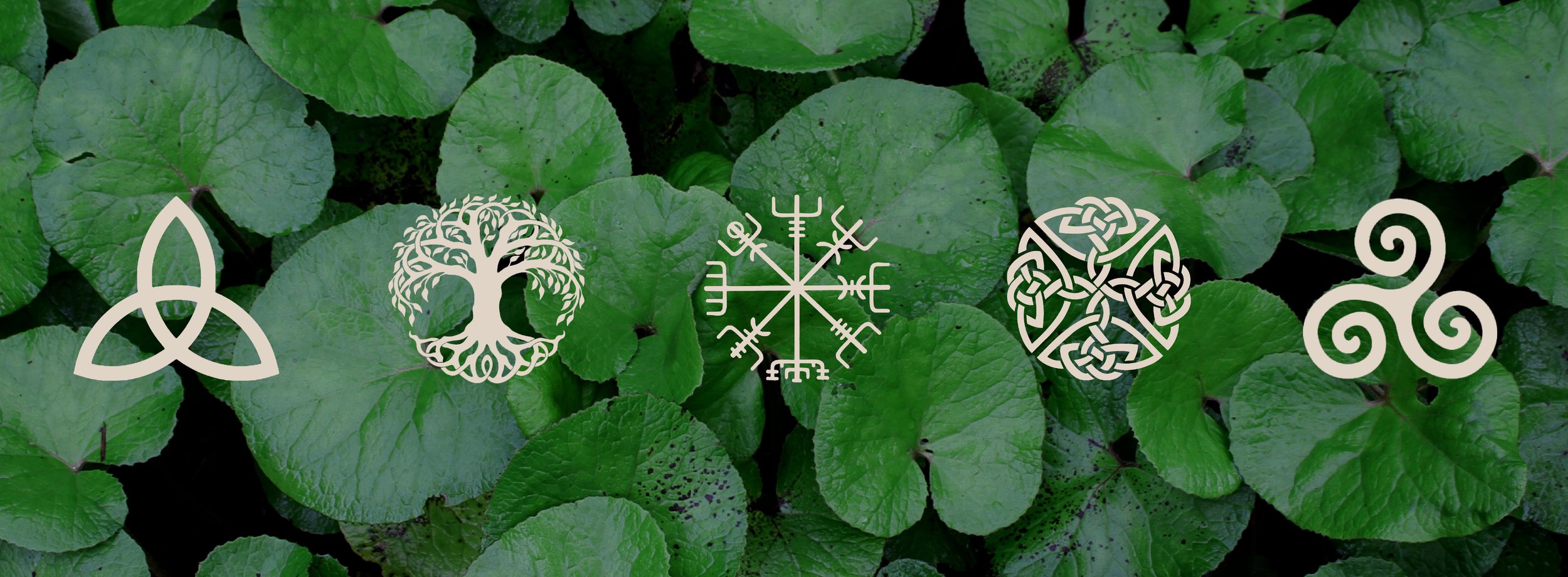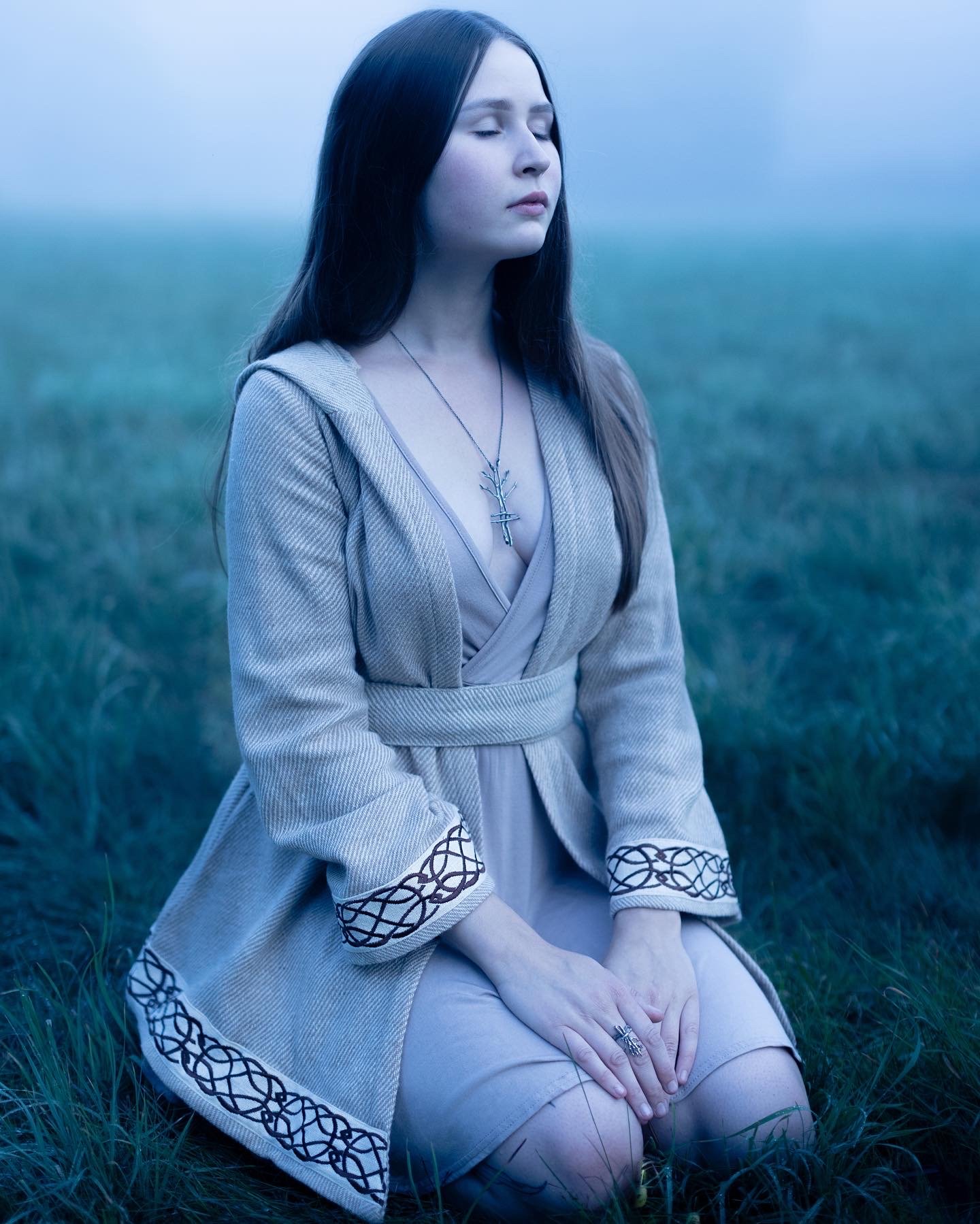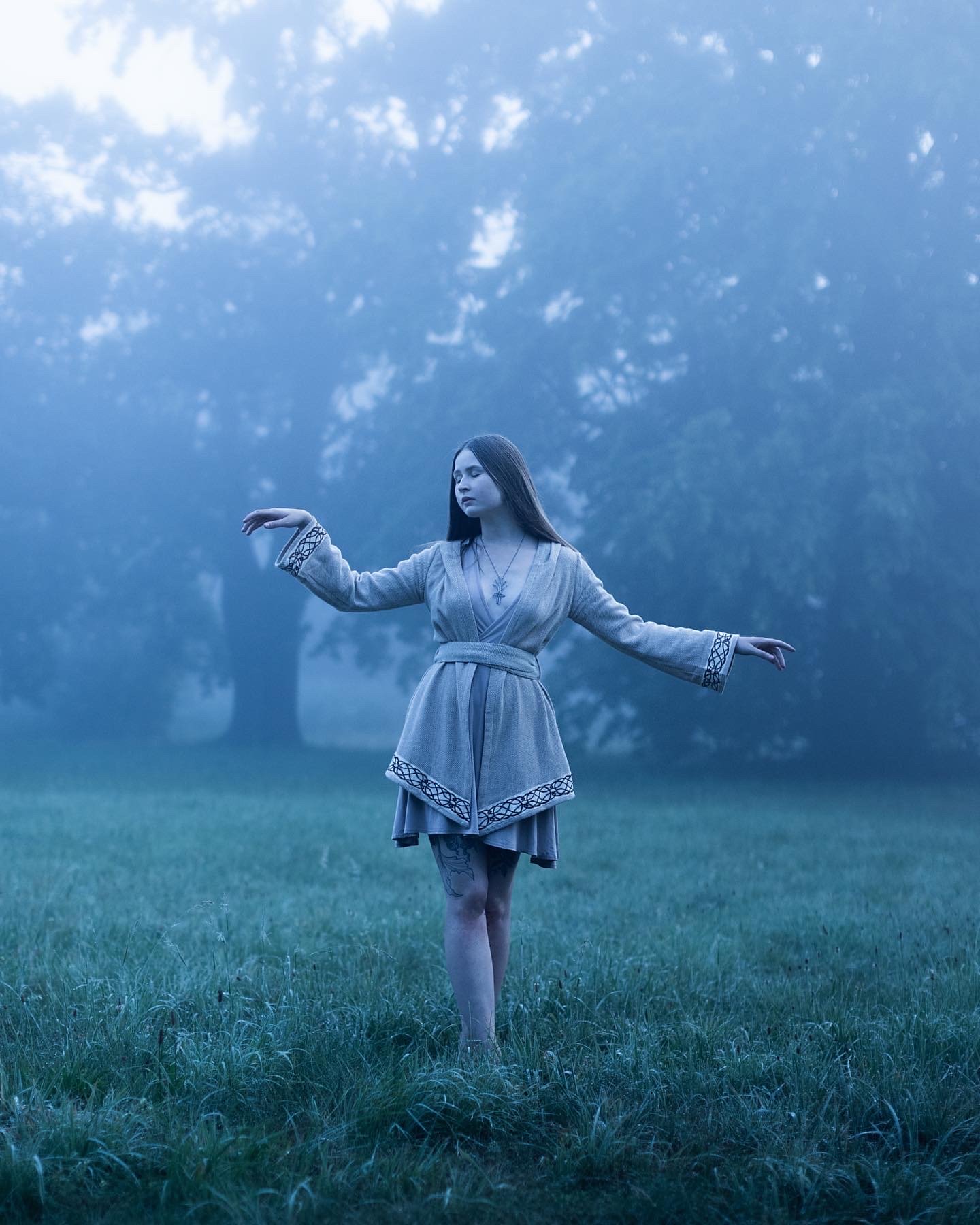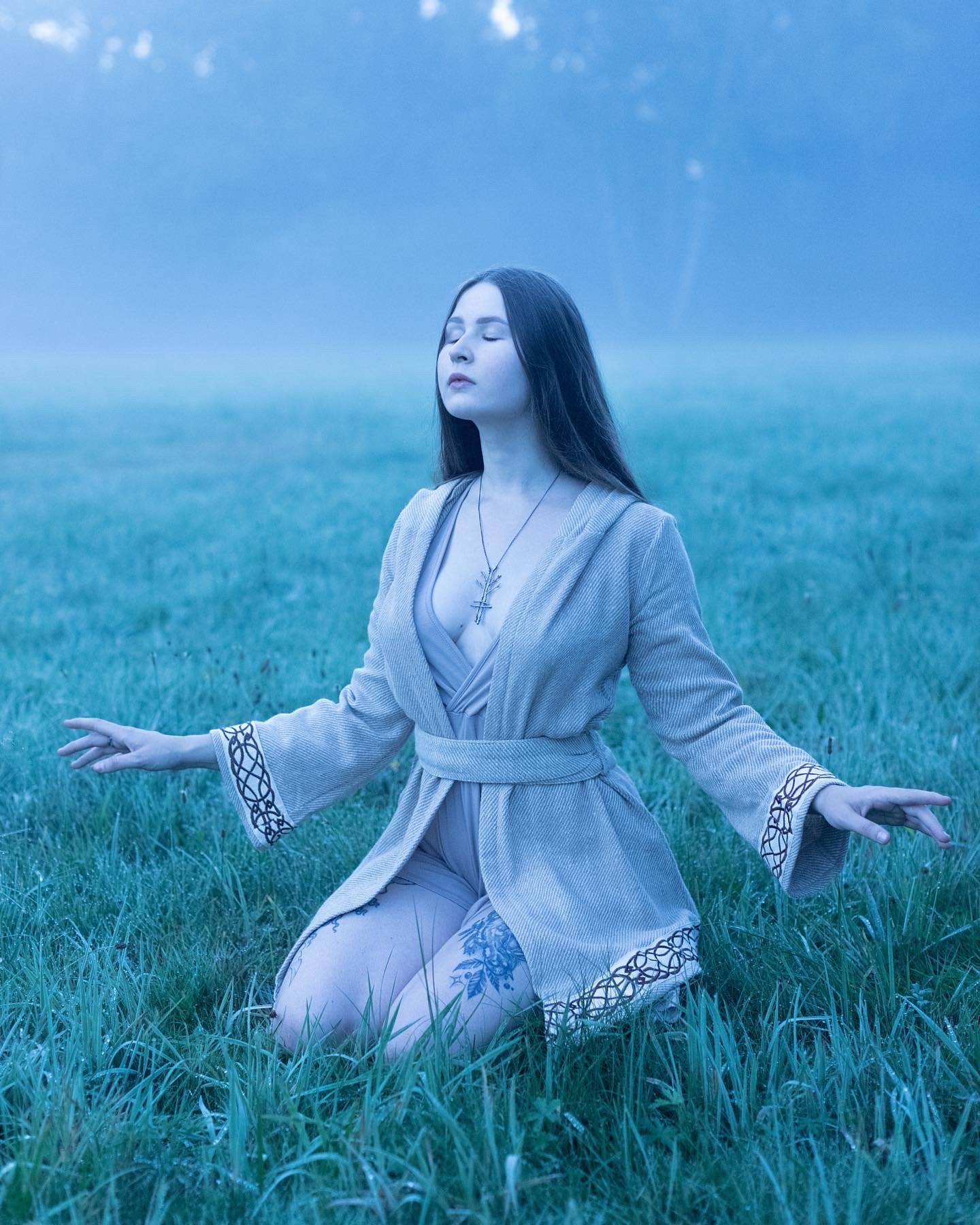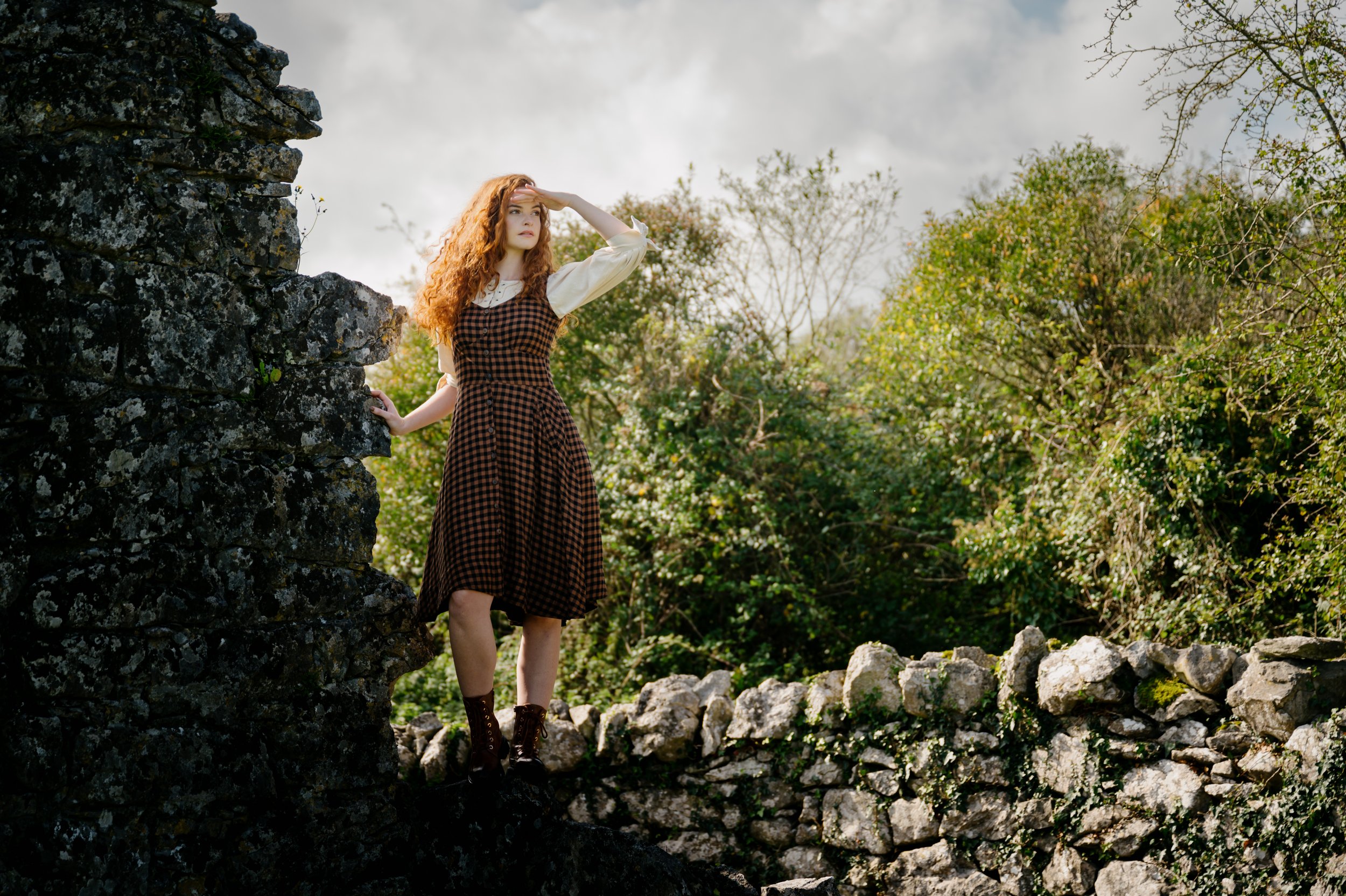Celtic Symbolism: Ancient Art and Modern Fashion
Photo & Graphics by Sophie Gavin
Ancient Celtic Symbols: Unravelling their Meaning and Significance
Ancient Celtic symbols are well associated with Irish and Scottish origins which were brought to Ireland by the Celts. These beautiful unique hand rendered designs were used to symbolise religious beliefs and life morals and to this day highly represent the Celtic Culture. These designs take the form of ancient knot work that often intertwines in a never ending cyclical loop symbolising the never ending cycle of life and inspiration.
Recognisable Celtic Symbols: Trinity, Tree of Life, Vegvisir, Celtic Shield and Triskele
Some of the most recognisable Celtic Symbols are; the various Knotwork symbols, Trinity, Tree of Life, Vegvisir, Celtic Shield and Triskele. All symbols were created with purposeful meanings for people to use empowering their daily lives. Over the years these symbols would have been found engraved into stone or made into jewellery offering guidance, strength and protection. The iconic Irish symbols of the harp and shamrock were introduced in later years. You can read more in detail descriptions of each of these symbols from our web page: https://celticfusiondesign.com/celtic-symbolism
Ancient Celtic Art: From Newgrange to the Book of Kells
You can see some of these stone symbolic engravings such as the most commonly known art motif of the Trinity-spiral which decorates the ancient tomb stone in Newgrange dated from 3200BCE known as the Neolithic Period which makes this site older than the Egyptian pyramids. This triple spiral design is thought to represent the never ending cycle of life with birth, life and death. This was also thought to represent man, women and child. This world heritage site, Newgrange is also well known for it’s very special roof box which lights up on just one day at early sunrise on the Winter Solstice. You will also find other megalithic art, standing stones and burial mounds around the fort. It’s well worth a visit!
📍Newgrange - County Meath, Ireland.
Newgrange - https://boynevalleytours.com/
Another source of great Celtic Art embodied by Celtic Symbolism can be found in the Book of Kells (a copy of the new testament of the bible), a world famous illumination representing Irish Culture and Art with various knotwork patterns and intricate designs and a chromatic use of extravagant colours. The books were made from calf skin and beautifully dyed with several techniques and natural made ink from plants while the black ink was done with soot which was often made from burned bones.
📍Book of Kells - Trinity college library in County Dublin, Ireland.
Book of Kells
Similarly, families used to engrave their family symbol to the stone work of their home and warrior shields to ward off enemies and offer protection and peace to their families and their territory.
Photo by https://www.doorusphoto.net/
Modelled by designer Regina Tierney and Fiona Foley.
So how do these Ancient Celtic symbols now intertwine with our clothing at Celtic Fusion?
Well, Irish founder and designer, Regina Tierney was always very inspired and close to nature and the love for her land and surroundings. With an alternative approach to fashion and a desire to wear clothing that truly expressed herself while feeling close to nature Regina set out to create her own authentic style and so Celtic Fusion was born.
Our clothing combines the raw elements of place and culture with ancient ways and our connection to our ancestors. With high quality natural fabrics embeded with Celtic Symbolism we create self-expressive timeless clothing which celebrates Celtic culture, the cycles of life and our connection to nature creating the perfect balance between old ways and new age.
You will see many of our men’s and women’s designs featuring Celtic knotwork pattern around the necklines, hems and sleeves.
Photo by @myriam_delirium. Modelled by Emily Ryan.
These knotwork patterns are always cyclical and never-ending. In this way, we have chosen to use Celtic knotwork in our designs as a symbol for the endurance of the ancient culture where they originated. Through our designs, we hope to help continue the ideas that Celtic culture symbolises. Using knotwork not only helps to keep that ancient form of art alive, but also continues the never-ending cycle of inspiration.
Shop our Women’s Celtic Styles here:
Men’s Celtic Clothing
Our men’s collection features the well known Vegvisir, Triskele, and Celtic Shield symbols embroidered into 100% cotton shirts.
The Vegvisir symbol was believed, if this sign is carried, one will never loose one’s way in storms or bad weather, even when the way is not known.
The Triskele symbol is thought to represent the three worlds; spiritual, physical and celestial. It is also considered the Celtic interpretation of the three realms of material existence: earth, water, and sky.
The Celtic Shield symbol was known for strength and protection often used in the design of warrior shields or a design placed outside the home or holy place to ward off enemies and evil spirits and protect the people and their homes. The endlessness of this symbols design may also have symbolised the never-ending cycle of birth, life, death, and rebirth.
Photo 1 by Mrs Red Head Photography.
The Tree of Life symbol - In Celtic spirituality the tree of life symbolises that all living things have spirit. Trees in particular are a source of great wisdom with the power to bridge the gap between the upper and lower worlds. It also symbolizes strength. The Celtic Tree of life symbolises harmony and balance and is a reminder of how all things in existence are interlinked and mutually supportive.
Shop our Men’s Celtic Styles here:
Read more about Celtic Symbolism on our website here:

